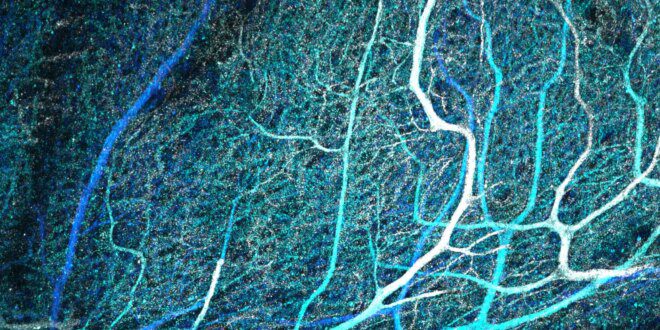A recent study from the University of Chicago has revealed that Purkinje cells in the human cerebellum, previously thought to have only a single primary dendrite, actually have multiple primary dendrites. This finding challenges the long-standing consensus among neuroscientists and is supported by Santiago Ramón y Cajal’s famous illustrations of Purkinje cells from 1906. The study found that almost all human Purkinje cells have multiple primary dendrites, while about 50% of mouse Purkinje cells exhibit this more complex structure as well. Additionally, approximately 25% of the mouse cells with multiple primary dendrites receive input from multiple climbing fibers originating from the brain stem.
The standard understanding of Purkinje cells was based on studies of rodents, which primarily have the single dendrite configuration. However, this new research suggests that the multiple primary dendrites may have functional consequences. Experiments conducted with live mice revealed that the primary dendrite branches can be activated independently, responding to different stimuli from the environment. This finding indicates that the presence of multiple primary dendrites allows for greater computational power and adaptability in brain circuits.
The cerebellum, often referred to as the “little brain,” is responsible for coordinating movement and muscular activity. However, advances in technology have shown that the cerebellum also plays a significant role in processing input related to the body’s internal and external environment. Purkinje cells in the cerebellum receive thousands of inputs conveying contextual information and integrate it with a prediction-error signal provided by climbing fibers.
Overall, this new understanding of the structure and connectivity of Purkinje cells challenges existing notions and has implications for our understanding of the cerebellum’s function. The findings suggest that the multiple primary dendrites in human Purkinje cells allow for more complex and flexible computational processes. This non-canonical connectivity may play a role in various diseases and disorders related to the cerebellum.
 Mind Uncharted Explore. Discover. Learn.
Mind Uncharted Explore. Discover. Learn.




